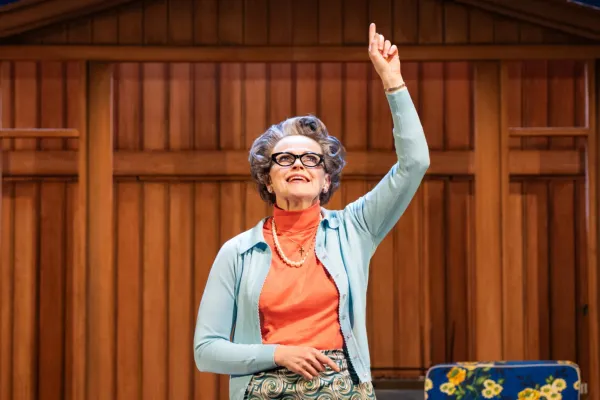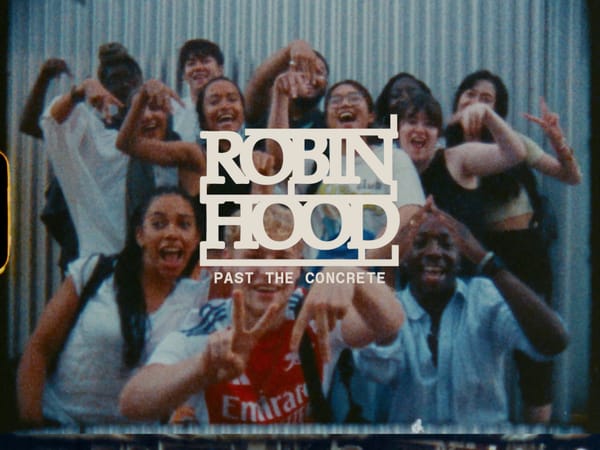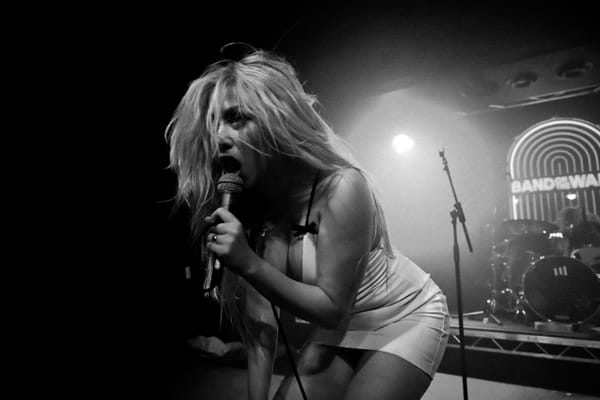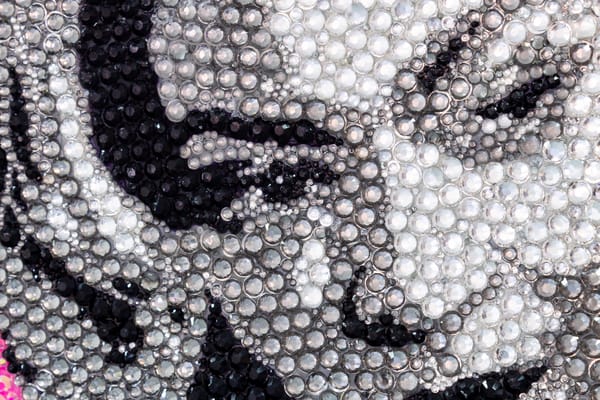"Subcultures aren’t meant to be shelved": In Conversation with Jeanie Jean

Interviewer: Tommy Sissons
Subculture diarist Jeanie Jean has spent the past few years immersed in Britain’s living youth cultures, documenting them from the inside as a participant. Her work captures the vitality, dynamism, and tenacity that characterise these underground communities, and demonstrates the ways in which young people today reinterpret and revive subcultural traditions passed down from previous generations. What began as a means of processing personal grief during lockdown has evolved into an ongoing record of subcultural endurance in the digital age, which may be regarded as a collective portrait in its own right.
In this conversation, Jean speaks to GRASS editor Tommy Sissons about photography as therapy, the timelessness of youth movements, and why she sees her practice as a personal diary of communal identity.
T: You describe yourself as a ‘subculture diarist.’ What does being a diarist mean to you, and how do you see that practice connecting to the people you photograph?
J: I like the idea of being a diarist because with each subculture, I feel like I’m part of that community. Every scene holds a special place in my heart. I always try to return to each each one. I want to capture what’s happening in the moment, especially with younger people, and I like to do it in a sort of photo diary form.
In terms of format, I took inspiration from the photographer Corinne Day, who created the famous Diary. It was such a shocking book when it came out, but it was also incredibly beautiful, because the photos were so personal. That’s what I aim to do in my own work: I don’t want to be just a bystander. I want to engage with people, talk to them, and listen to the older generations on the scene - hear their stories, understand what the scene means to them.
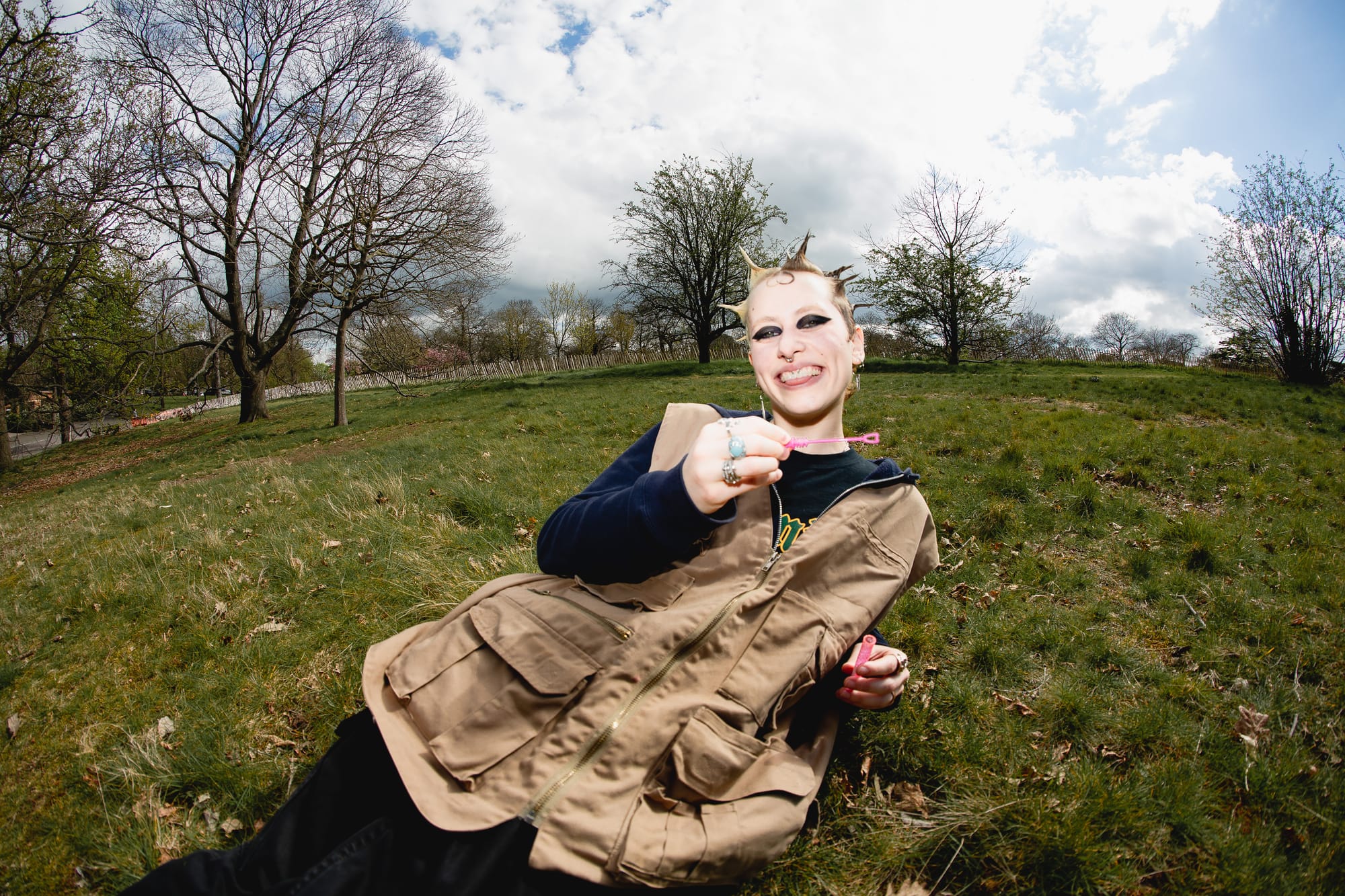

T: How has your practice evolved since your early days to your current work?
J: I first started just after lockdown, when I began the project Not Dead: Volume 1, which focused primarily on the punk scene. For me, this project was a way of coping with grief. Around that time, I lost both my mum and my grandma, and with restrictions still in place, I found myself reassessing what kind of photography I wanted to pursue - whether weddings, documentary, or more art-focused work. I kept thinking about my mum, the music she introduced me to as a child, and the role punk played in my upbringing with my family. I wanted to see if punk was still thriving, and the project became a form of therapy, a way to process my grief - otherwise, I think I might have crumbled. Since then, my practice has grown far beyond that initial idea.
In the beginning, I thought this work might be temporary, but it has become central to my life. Even from Volume 1 alone, I didn’t anticipate how transformative it would be. It has also, in some ways, changed my outlook on death - how to cope with it, how to engage with it - and perhaps unintentionally, that perspective now informs my photography. It’s quite mysterious. I think this is the sort of question I would like to keep reassessing every couple of years. I want to keep asking myself how things are changing on that front.
When I first started, I think I was more naïve. Over time, I’ve become a bit thicker-skinned, maybe more streetwise - have I become braver? Probably not, even something like a spider would scare me. What has changed is my awareness of my own state of consciousness. It’s broadened. I was oblivious to a lot of what was happening around me back then, and this work has really woken me up to it.
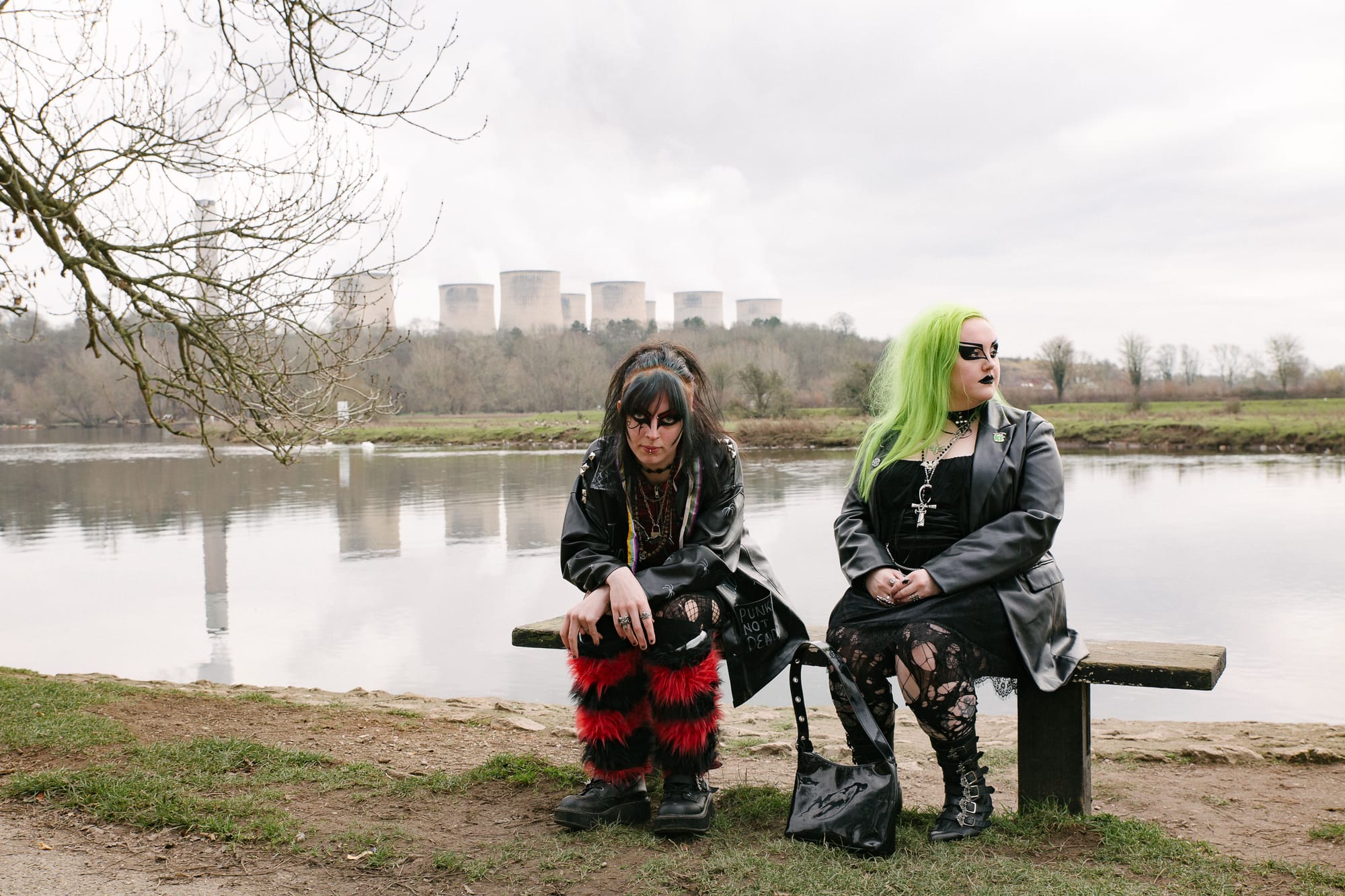
T: Do you think the political emphasis on the importance of the individual over the collective has influenced youth cultures in recent decades, and if so, how?
J: Through my experience with speaking with people from subcultures from different decades including now, there's always that sense of collective, a family and that belonging has remained resilient over the years in the face of a political agenda that leans towards individualism.
T: In our parents’ youth, subcultures were often more clearly defined, with people strongly identified by their uniform. How has the technological age (where young people can access and mix a wide array of subcultures from across the globe) changed the face of youth culture in Britain?
J: I know what you mean. Subcultures like the Mods definitely had a uniform, and you could say the same for Teddy Boys, Goths, or Punks - uniform was very important, especially in the Mod scene. The blazers had to have these specific buttons. It had to be right. Today, of course, clothes still matter, but it’s more about attitude, particularly on the punk scene. Your outlook, your way of thinking - even just that alone can resemble subculture.
Social media can be frightening; I’m scared of it, but I need it for my work. At the same time, it can be so wonderful. Lockdown, for instance, was crucial for younger people discovering different subcultures. Through Instagram and TikTok, I saw young people exploring New Romantic, Goth, and punk history. Social media has played a huge role in that, which I think is fantastic.
Sometimes older generations ask, “Why can’t something new happen? Why can’t young people do something original?” And I think...well, subcultures aren’t meant to be shelved. They aren’t here just to come and go. I feel that they’re timeless, whether they're revived or whether they've blossomed into something that that has an original twist on it, and that's absolutely fine. They're completely timeless.

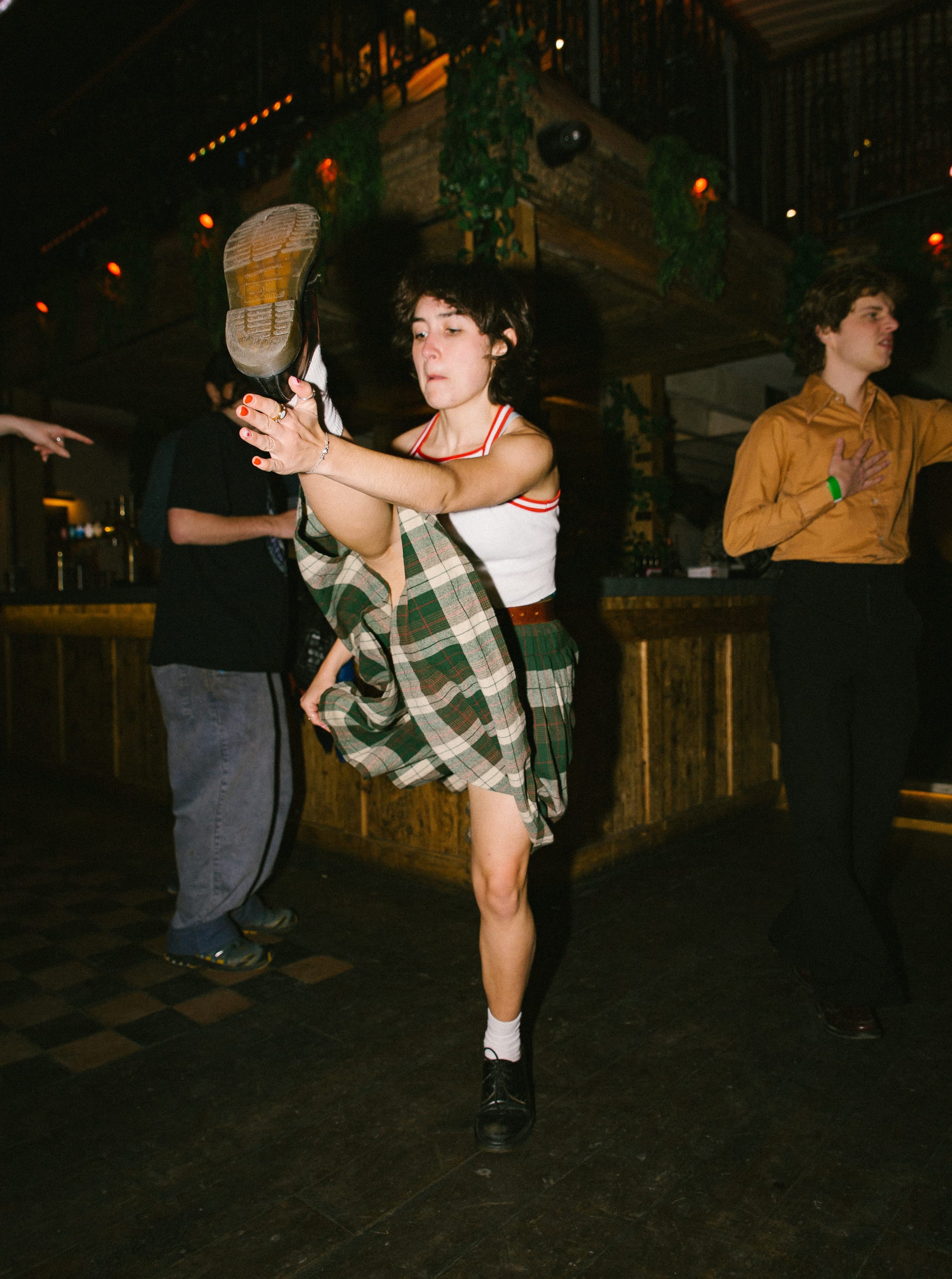
T: Why do you think young people in Britain today are drawn to past youth culture movements? For example, northern soul emerged in cities like Wigan, Blackpool, and Manchester in the early 70’s. Why do you think it’s seeing a surge in popularity in 2025 London (for instance), a context very different from its original time and place?
J: I think Northern Soul has been ongoing throughout the decades. When Elaine Constantine did her iconic Northern Soul work for The Face, that was in the early 90's. So, it was still going on then, that was in London at places like the 100 Club where all-nighters went on. The 100 Club has been putting on Northern Soul nights for a very long time now. But why do we get drawn to subcultures from the past? I think, especially with Northern Soul - because the music's so brilliant - it's absolutely hypnotic. I watched this documentary that was from 2013 on Northern Soul - that was at the time when Wigan Young Souls were about. Now we're in 2025 and they have evolved into Room at The Top in Manchester and are still going strong.
My first experience was seeing the 10th anniversary screening of Elaine's film ‘Northern Soul’ in 2023, and there was an after party with all the dancing and I was completely captivated, and then not long after, the first big night I did was Deptford Northern Soul Club. I was just so entranced by the dancing and the music. In the time that I’ve been doing all this stuff, I've never been so moved to tears by a scene like I have such as Northern Soul.
With Northern Soul the music is always from the mid to late 60's, but with Punk there’s new songs and new artists, new music happening all the time. There'll be little quiet periods and then there'll be this sudden burst. I felt it was a little tricky trying to find new bands ... perhaps I didn't look hard enough. But my god since lockdown, there's this great big tidal wave. I struggle to keep up with gigs now! It's one hell of a fucking ride! There’s a Mod revival happening also. There are Mod clubs starting to emerge in London in underground basements, which is really exciting. Some older generations critique young people about originality, but many are really excited about this. They're thinking, “Oh, wow, this scene's still going. I used to be a Mod, I'd like to see this”. In a way, it's kind of re-sparking something within them as well.


T: Looking ahead, are there new subcultures or themes you’re interested in exploring through your photography?
J: Definitely. It's quite surprising, but I haven't had a chance to document the skating scene. That’s been a forever ongoing thing, and I've had lovely friends point out to me all the great skate parks to go to. There's a great park in Deptford and Lewisham that I keep going past on the train and I've been meaning to go there. I've got a lot of friends on the skate scene. And there’s actually a really awesome Jazz scene at the moment I'd like to capture as well.
Also, there's part of me that's lives in hope that Teddy Boy culture still going. I think that is the one subculture I'm a little saddened about - that it has kind of diminished over time. There's only probably one young Ted I know and there's a few older Teds I know, but I'd like to explore that subculture a bit more in the hope that it is still going. Also this is a project in the works, but I'm planning a project perhaps for later next year where I go around taking portraits of punks with their nanas. Just something in the pipeline.
Tommy Sissons is the Editor-in-Chief of GRASS Magazine. His novel Cautious, A Boat Adrift, and polemic A Small Man's England were both published by Repeater Books. His poetry collection is forthcoming with Broken Sleep Books.


